50c fares launch: Huge savings revealed as commuter numbers up
Queenslanders appear to have embraced 50 cent fares, packing trains on the first day of the discounted transport trial, with analysis revealing just how much commuters have saved.
QLD News
Don't miss out on the headlines from QLD News. Followed categories will be added to My News.
A comparison of public transport fares between Monday last week and today has revealed the savings for everyday Queenslanders thanks to the 50c fare trial.
According to an analysis of trips taken on the first day of the trial by TransLink, around $1 million had already been kept in Queenslanders’ pockets.
The amount of fares taken from trips on the first day of the trial was compared to total fare revenue collected from all modes of public transport across South East Queensland on Monday, July 29, which was around $1.3 million from more than 600,000 trips.
A TransLink spokesman said the transit agency noted an increase in patronage across public transport services on the first day of the trial.
“Translink observed a slight uptick in patronage across the South East Queensland public transport network this morning through its monitoring,” the spokesman said.
The Courier-Mail earlier reported commuter numbers were up slightly across Brisbane on the first morning of 50 cent fares amid warnings Queenslanders would have to use their Go Card on buses or be left in the lurch amid ongoing delays to the smart ticketing program.
Regular commuters on a number of train services, including from Beenleigh and Dakabin, estimated patronage was up 15-20 per cent, with carparks filling earlier than usual.
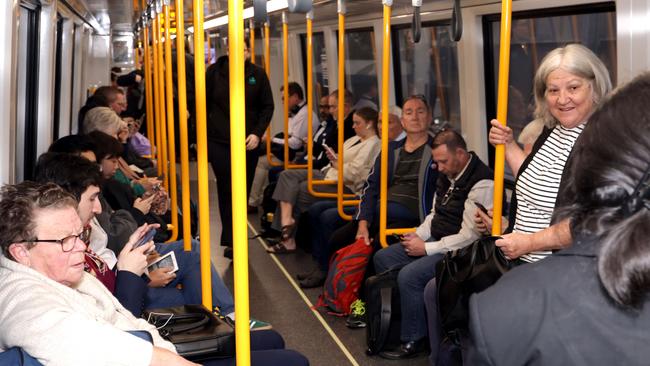
A Queensland Rail worker at Beenleigh told The Courier-Mail the most noticeable impact of the cut price fares was on the 5.30am “tradie train”, which was “noticeably more packed”.
“It was about 20 per cent busier then, that’s when us workers really noticed it, and the carpark filled up at about 5.50am rather than the normal 6.30am,” they said.
A regular commuter waiting for a train at Beenleigh said they expected numbers to increase tomorrow, with more people choosing to work from home on Mondays.
It comes after it was revealed the public transport smart ticketing program will now cost nearly $400m and take a total of seven years to complete amid cost and time blowouts.
Premier Steven Miles took the train into the city from Mango Hill where he lives and said feedback had been “positive”.
“What we’ve said is, if this is successful, we’ll keep it but to be successful people have to use it,” he said.
“And so we’ll be monitoring very closely how many additional people use our public transport services. And if we can see a return to those pre Covid levels, I think that would be a really good result.
“I’m very confident that this will see an increase in commuters. I think it’ll build up over time. So we really didn’t want to see a dramatic increase on the first day because we wanted people to have a really good experience.”
A consumer behaviour expert says people who start using public transport because of the cheaper fares will need to get onto a train or bus at least 20 times before the habit sticks.
“From a psychological perspective, in the first few months when we act on something, it takes about 20 times before we get used to it,” Associate Professor Park Thaichon, from the University of Southern Queensland, said.
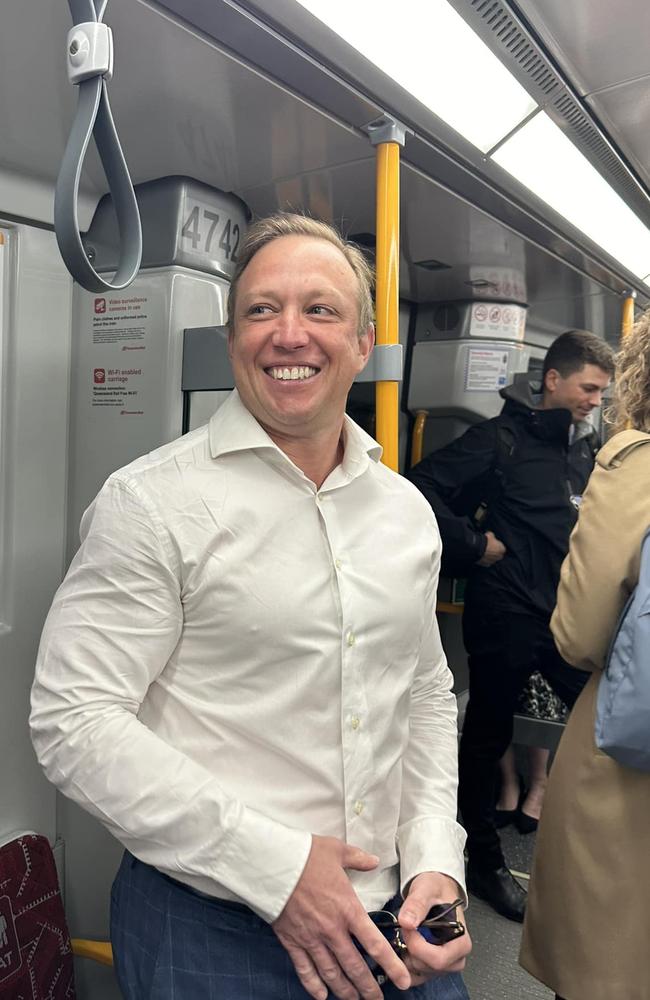
“So let’s say the first 20 times or so before I catch a tram, I have to look at timetables and all that it might feel annoying. I might feel I have to put more effort in using public transport, changing my behaviour and checking a few things, but if I repeat those patterns enough times until it becomes a habit, I will no longer feel like it’s annoying to check those things.”
Prof Thaichon says proximity to stations and park and ride facilities is a key issue.
“It depends on the convenience and accessibility level,” he said.
“So let’s say if there is a park and ride near a public transport facility, I think so.
“But if someone needs to walk 40 minutes from their home to a bus stop or a tram stop, I don’t think that will be happening and they may continue to drive.
“The fare is cheap, but at the same time, there must be other facilities for people to park their cars near the public transport, the government can’t just make it cheap.”
Prof Thaichon added that while public transport may cost commuters more in time, it could lead to substantial savings financially.
“I know of students that live 25 minutes by car from a university, but if they take public transport it will take about 40 minutes,” he said.
“While acknowledging the convenience of having a car, it could cost you approximately $10,000 per year to run.”
TransLink’s smart ticketing program, allowing commuters to tap on and off public transport using credit and debit cards and mobile devices will now cost $22.8 million more than originally planned, the state government has confirmed.
This comes amid an extension of the project timeline to mid-2025 — despite being announced in mid-2018 with a promise of delivery in four years.
The state government has also set aside $510,000 this financial year for marketing and advertising of the smart ticketing system according to a recent Question on Notice.
When smart ticketing will become available on buses remains unknown, with commuters told to expect it to go live before the end of 2024.
Credit card readers were first rolled out on the Gold Coast light rail network in 2020, and then were gradually rolled out on train services in 2022 and ferries in 2024.
The smart ticketing was announced in mid-2018 with the promise of being delivered in four years at an original cost of $371m.
Beenleigh resident Naziya Chauhan said she was keen to take advantage of the 50c fares while they last, choosing to now commute to work via train.
The 26-year-old had just recently moved from the Gold Coast to Beenleigh and while she owns a car, she believed it would be much easier and cheaper to commute to work on the Gold Coast by rail.
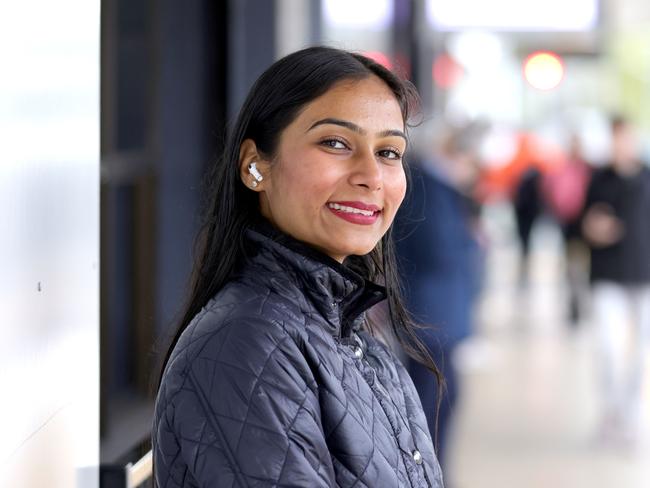
“I got told that the fares were only 50c now, so that’s why I’m going to be catching the train for now,” Ms Chauhan said.
“I’ve probably been on the train six times before, but I’ll get on it now until it ends I guess … it’s a good deal.”
Ms Chauhan said she would normally drive, but being a fresh Brisbane resident she does not feel as comfortable on the roads without a passenger.
“My office is still in Southport so it’s kind of perfect timing for these fares to come in because I am having to grab to the train,” she said.
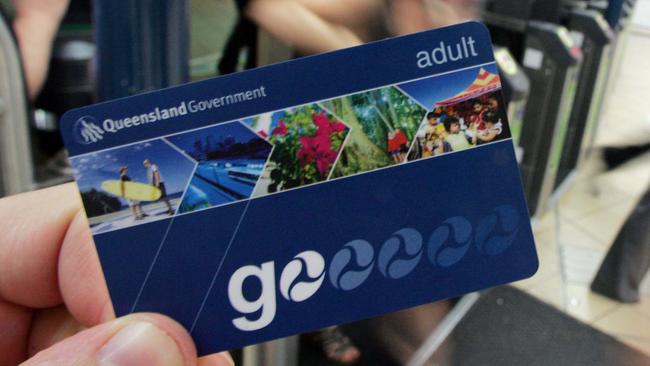
The Gold Coast line was one of the busiest trains that commuters boarded from Beenleigh at that time of morning, but Ms Chauhan was happy to get on a bustling train to save some cash.
University students and workers who catch two connecting trains daily, were among those who welcomed the 50c trial fares between Dakabin and Bowen Hills.
Dakabin Station’s park and ride was full as of 7:30am and cars were parked on both sides of Thompson Rd, continuing southbound pass the adjacent sporting fields.
Kurwongbah MP Shane King was on hand to answer any questions or concerns commuters had about the 50c fares at Dakabin.
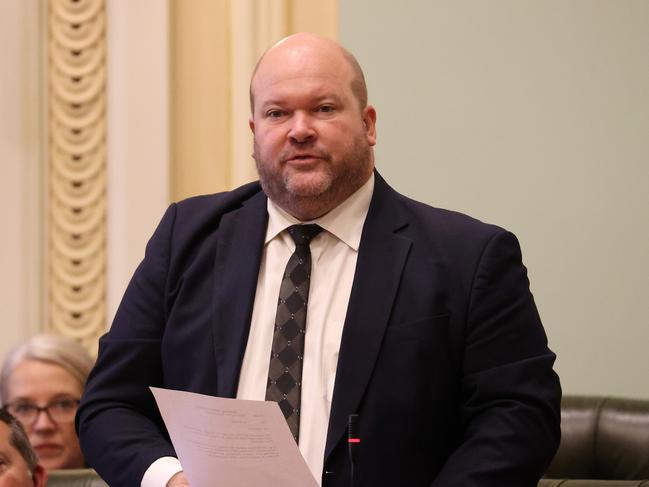
He estimated there was a 15-20 per cent increase in foot traffic and said the six-month-long trial was a great way for commuters to save money, ahead of Burpengary Station’s reopening later this month.
One commuter told The Courier Mail that he spends $12-$13 daily on their journey to catch two trains for his journey from the Ferny Grove line to Kippa-Ring.
“This is great that I can save a lot of money each week on my trip to work,” he said.
“There wasn’t a massive increase in customer numbers today but this is a good initiative to keep more people off the road.”
Another commuter, a university student in her final semester, said the 50c trial is an incredible improvement to the cost of living.
“It would cost me $6 there and back each trip to university, it will now cost me just $1,” she said.
“It’s literally my last semester, I have one class to do and the difference of $5 a day, over a semester, that’s a really big difference.”

In a statement, a TransLink spokesman said that the public transit agency is working with relevant stakeholders to monitor the roll out of the trial.
“The TransLink Operations Centre (TOC), Queensland Rail’s Rail Management Centre (RMC) and the Brisbane Metropolitan Transport Management Centre (BMTMC) are monitoring the public transport network during the trial,” the spokesman said.
“This will include real-time monitoring of the network, including inner-city public transport stations and key interchanges across SEQ as well as the busway network.”
The spokesman added that several rail replacement buses have been redeployed to assist with the trial.
“To ensure a positive experience for both new and existing public transport users during the 50 cent fares trial, 37 rail replacement buses have been repurposed as sweeper buses during the 50 cent fares trial to provide additional capacity on the South East Queensland network,” he said.
“Delivery partners have positioned these additional buses at strategic locations on their network where demand is expected to be high and activate at their discretion.”
Transport Minister Bart Mellish, ahead of the 50c fare roll out, said the government was “working really hard with the technology provider” to ensure smart ticketing could roll out on buses by the end of the year.
“So if you if any part of your journey has a bus, make sure you use a Go Card,” he said on Sunday.
According to the state government the extra $22.8 million for smart ticketing is to allow the technology to be rolled out smoothly after the project incurred substantial delays due to factors involving Covid-19 and international supply chain and resource issues.
Meanwhile, TransLink has declared they are “operationally ready” for the start of a six-month trial of 50 cent public fares from August 5, including a bolstered 24/7 operations centre and extra buses on standby if they need to be deployed on crowded routes.
“As soon as any of our delivery partners start to see any issue anywhere, they will deploy additional buses out there,” TransLink busway operations director Roman Gafa said.
Public transport usage, predominantly in the southeast, remains significantly below pre-Covid levels.
It has been previously revealed southeast Queenslanders would need to log nearly 450,000 extra public transport trips a week in order to bring patronage back to pre-pandemic levels.




